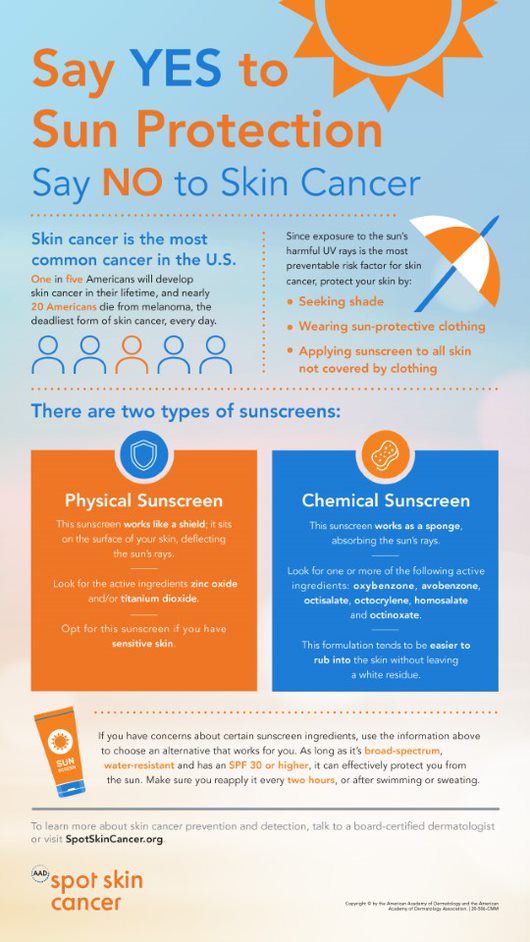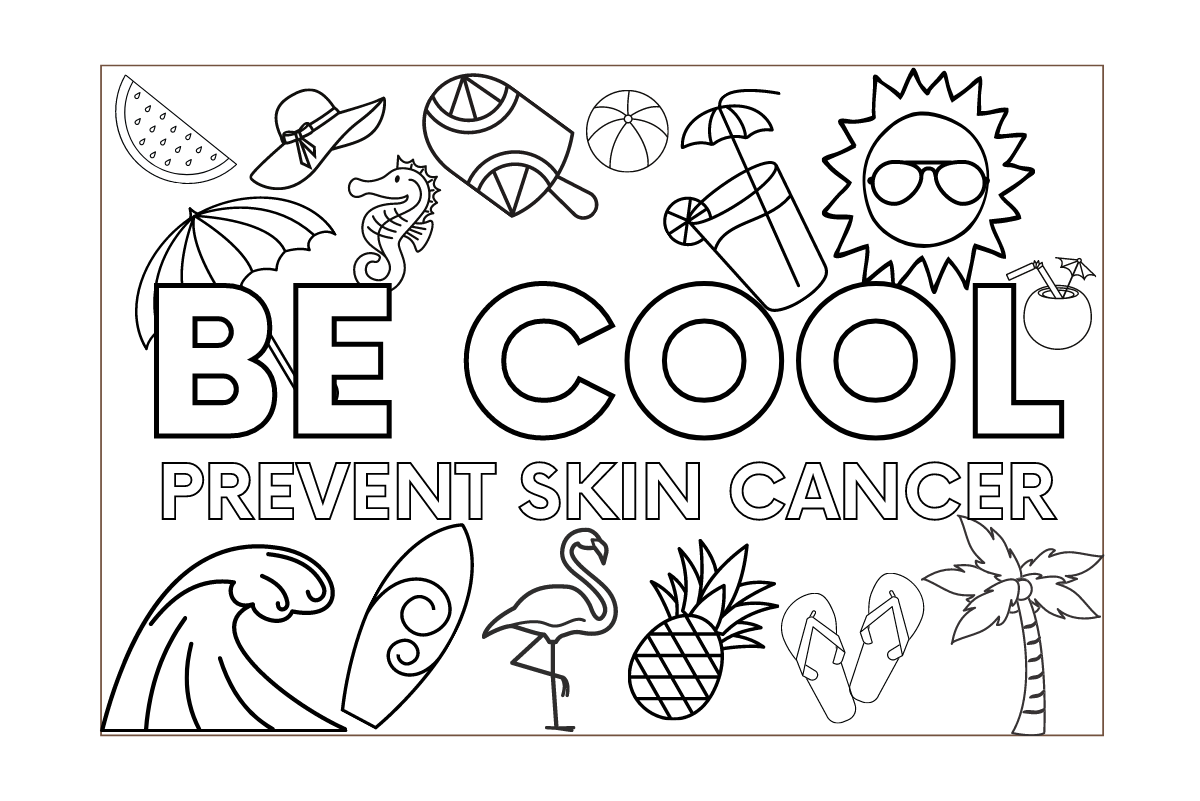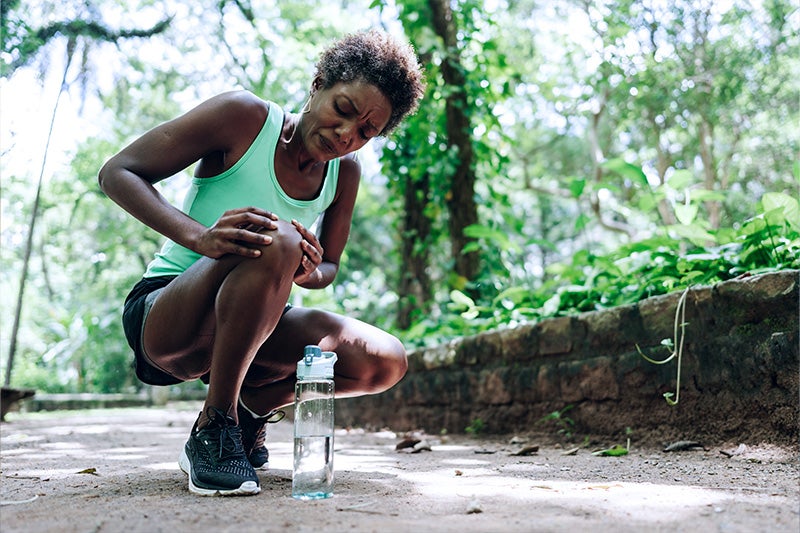Using sunscreen can help protect your skin from the sun’s damaging rays.
This year, June arrived with a vengeance. Rainfall is low, which means skies are clear, temperatures are high, and the sun is relentless. It’s the ideal time to put on a bathing suit and head to the lake, the beach, the pool, the splashpad or even the backyard sprinkler.
That means it’s also the time of year when kids and adults get sunburns. And the more often we get sunburnt, the more our risk of skin cancer rises.
Too much sun exposure is the leading cause of skin cancer – especially when it occurs in childhood. And while many people know what skin cancer is, many may not know how often it occurs: it is America’s most common form of cancer. The good news is that skin cancer is also one of the most preventable forms of cancer.
Are there different types of skin cancer?
The short answer is yes. To be more specific, there are three main types of skin cancer. These types are called basal cell carcinoma, squamous cell carcinoma, and melanoma. To cover it lightly, both basal cell carcinoma and squamous cell carcinoma usually show up on areas of your skin that are frequently exposed to the sun.
However, melanoma can show up anywhere on your body. Melanoma can also manifest itself through an existing mole on your body. Melanoma is the most serious form of skin cancer and is the most common cause of skin cancer deaths, but all forms of skin cancer can be disfiguring and dangerous.
What puts me at risk for skin cancer?
Skin cancer is more common in people with certain traits they cannot control, including:
- A fair skin tone
- Blue or green eyes
- Blonde or red hair
- Getting older – skin cancer rates rise with age
- Gender – men are two to three times more likely to develop various skin cancers than women
Although some risk factors of skin cancer are unavoidable due to your genetics, you can take action to prevent the potential development of skin cancer.
What can I do to reduce my risk of skin cancer?
Protect yourself from the sun! Ultraviolet (UV) rays, which come from the sun whether warm or cold outside, are a main contributor to skin cancer. A good rule of thumb is if the UV index is 3 or above where you are, you need to protect your skin. This means you should wear sunscreen that is at least Sun Protection Factor (SPF) 30. Be sure to use enough – most products recommend an amount the size of a golf ball to cover the average adult – and be sure to reapply often if you are swimming, sweating or just out in the sun for more than two hours.
Second, you can also protect your skin by wearing clothes that cover you up and by wearing a wide-brimmed hat that protects your face, ears, and neck.
Third, during the times of day when harmful UV rays are most intense – generally 10 a.m. to 4 p.m. in the summer – make a conscious effort to remain in shaded areas. Remember that UV rays can pass through most clouds. Also, water, pavement, sand and snow (not much of a problem this time of year) can reflect UV rays, so a beach umbrella may not give you as much protection as you think.
Finally, do not use indoor tanning technology. The UV rays from a tanning bed are no different (and oftentimes more intense) than the UV rays from the sun. Not to mention that accidents and burns related to tanning beds send about 3,000 people to the hospital each year.
I have dark skin. Do I need to be concerned about UV damage?
Yes. While people with darker skin have lower rates of skin cancer than people with lighter skin, UV radiation damages skin regardless of color. The redness of sunburn may not be as evident, but dryness, wrinkles, discoloration and thickening can occur over time, as can skin cancer.
What are the indicators of skin cancer?
Skin cancers can look very different. Generally, a spot or lump on skin often exposed to sun is something to look into, including moles that start changing shape or color. Spots or lumps that you should be concerned about vary: some look translucent and waxy, some look red and scaly, and some are moles that have turned red or brown in color.
It is important to frequently examine your skin for changes that might point to cancer. The key to preventing the spread of various skin cancers is to find them quickly and treat them early. If you find a suspicious growth, consult your primary care physician (PCP) or a dermatologist immediately. Most PCPs will do a skin check during your annual wellness visit, which is another good reason to keep that yearly appointment. And your doctor can help you understand your risk factors and what you need to look out for.
Bottom line
You CAN have fun in the sun this summer. Just slather on the sunblock, wear a hat, stick to the shade in the middle of the day and get suspicious skin problems checked promptly. And on those lazy summer days when you are off from work or school, remember that midday is a great time to binge watch that show you’ve been meaning to get to.
Take a deeper dive with these resources:

Used with permission from the American Academy of Dermatology.




